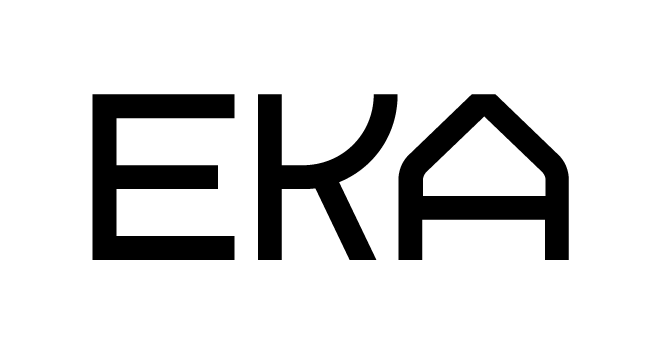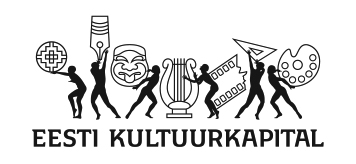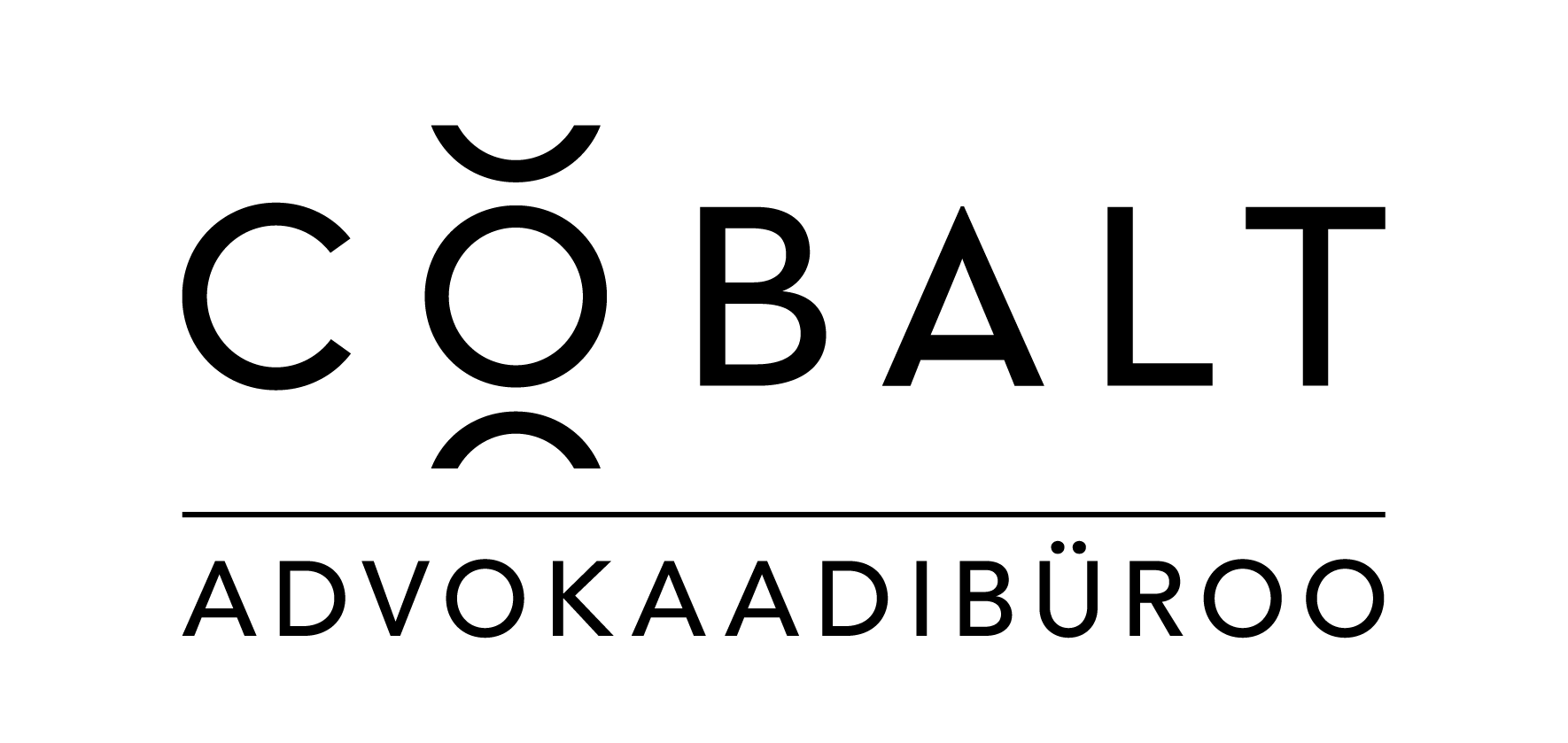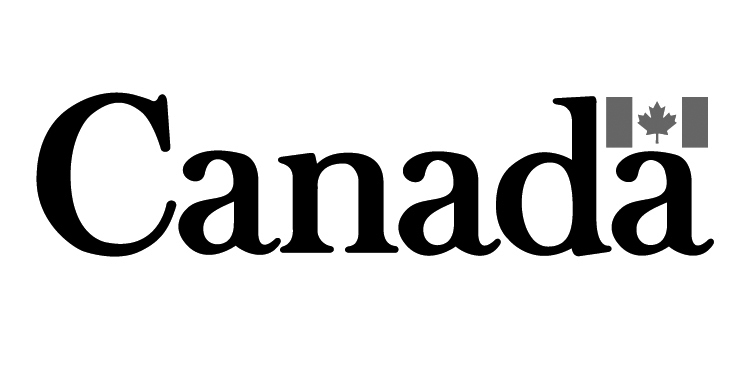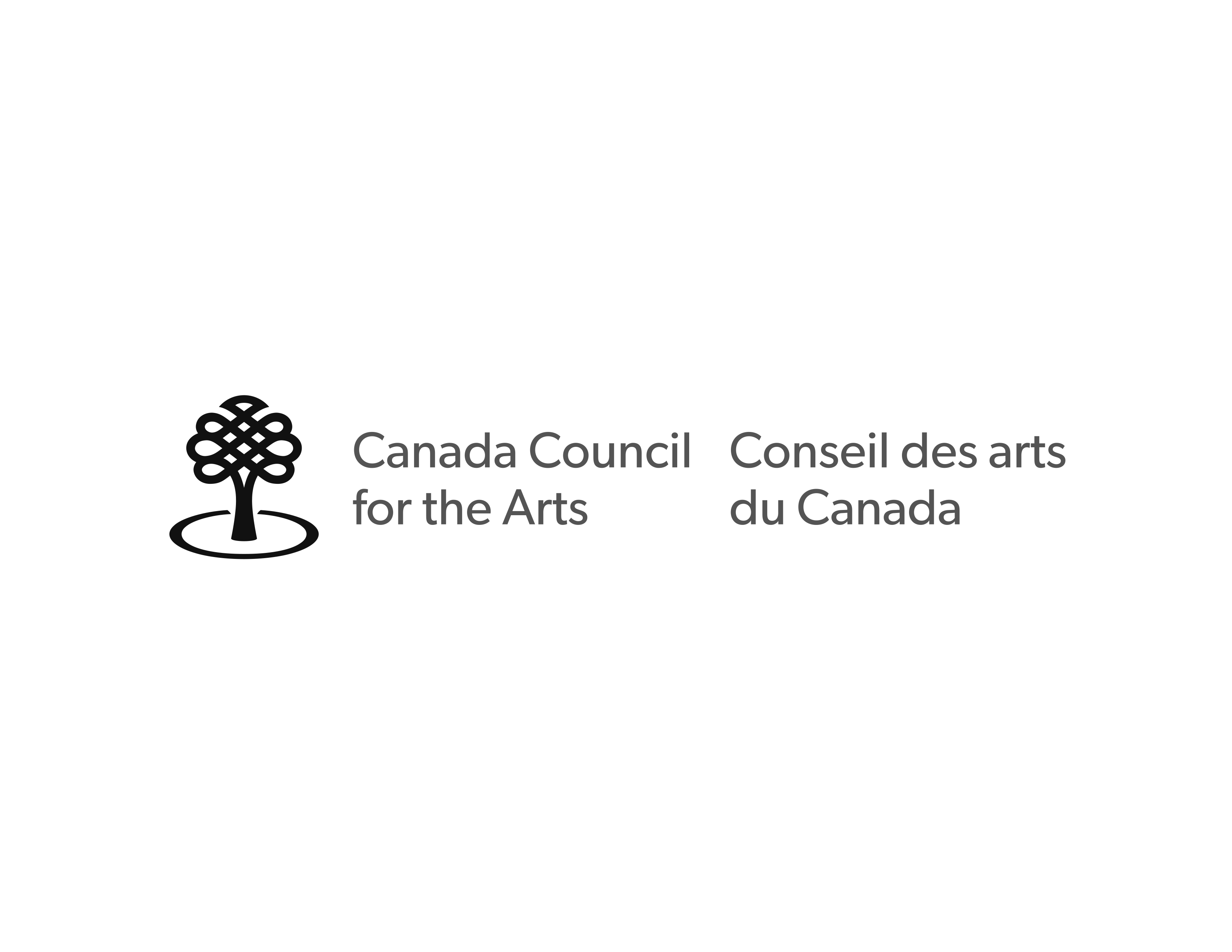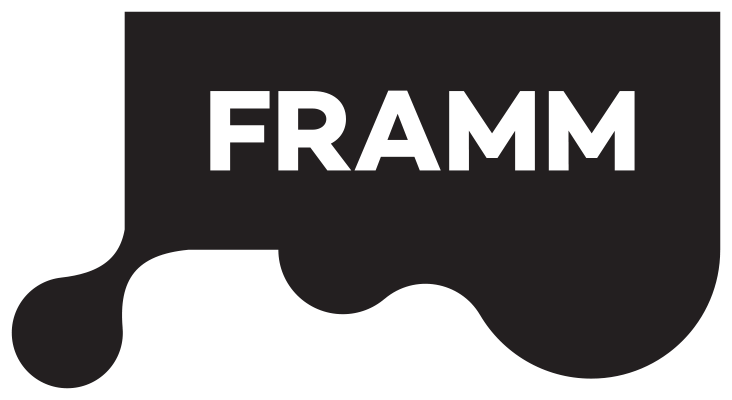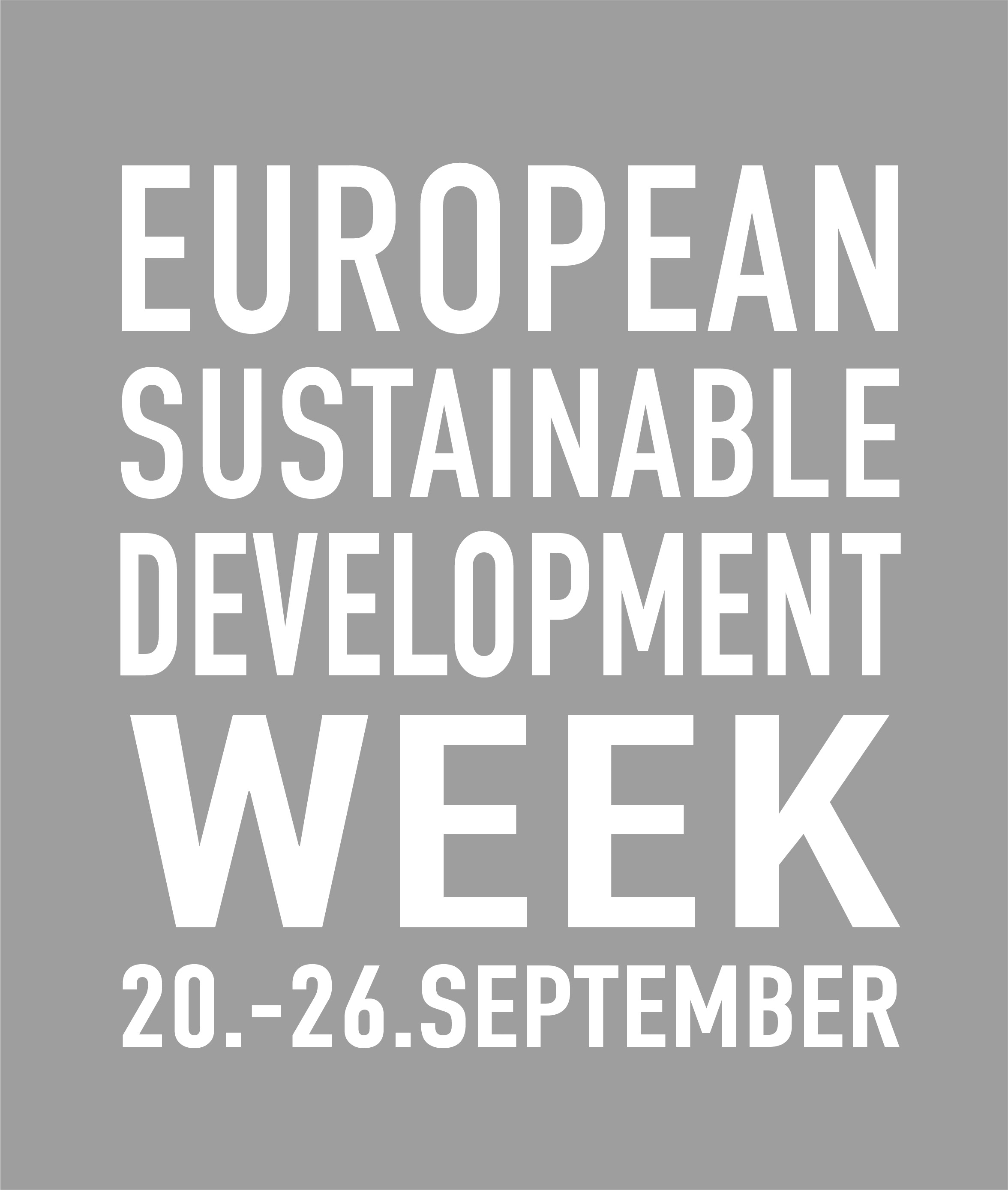Art in the Age of the Anthropocene
Location: 5th floor, Gallery of Contemporary Art
The largest-ever exhibition to focus on the relationship between art and the environment in Estonia is centred around three themes: rethinking Estonian art history from an eco-critical perspective, the possibilities of contemporary art in coping with the environmental crisis, and the “green museum”.
We have entered a new geological period: the Anthropocene, i.e. the age of humans. While humans have been influencing the environment since the beginning of agriculture, it is only in the past one hundred years that they have become a planet-changing geophysical force.
The pace of environmental and climate change is accelerating, calling for not only technological and political solutions, but also challenging our behaviour, ethical standards and imagination. How can people with polarised opinions engage in dialogue? How can we achieve socio-political agreements? How should we redefine the boundaries between nature and culture, between the human and the non-human? For slow hope we must turn to the very source of the problems: human thought and actions.
At the centre of the exhibition is the question: is art possible and needed during an environmental crisis?
Through art history, the exhibition explores the importance of art and visual culture in representing and shaping the Estonian environment. Art and environmental history intertwine closely in representations of the oil shale industry, agriculture, the soil, forests and many other themes. The exhibition also proves that, while environmental issues are sometimes believed to be a new subject in Estonian art and culture, they were in fact already being addressed at the turn of the 1960s and 1970s, for example in the works of Kristiina Kaasik, Jüri Palm, Tiit Pääsuke, Ludmilla Siim, Olga Terri and other prominent Estonian artists.
Gallery
The historical works enter into dialogue with contemporary artworks created in recent years, some of which are closely linked to environmental activism, as well as with six brand new works by the artists Evy Jokhova, Edith Karlson, Mari-Leen Kiipli, Laura Linsi and Roland Reemaa, Laura Põld and Lou Sheppard, and Ivar Veermäe.
Searching for sustainable exhibition practices, we make the exhibition’s own footprint visible in the exhibition space and invite visitors to reflect on issues related to sustainability and the environment.
In addition, the exhibition team has analysed the environmental impacts of both art and museums, and has mapped sustainable exhibition practices. Informative labels in the exhibition space invite visitors to consider both the opportunities and challenges for museums in “going green”.
Gallery
In parallel with the exhibition, the museum has been working on a sustainable exhibition model, which is an informative and inspiring tool for museums and exhibition halls, providing practical advice on how to create a sustainable exhibition, and a calculator for calculating the carbon footprint of an exhibition in the Estonian context. The model, which will be completed in the autumn, is being developed by the exhibition team in collaboration with the Sustainability Working Group of the Art Museum of Estonia.
All artists:
Artists presenting new works in the exhibition: Evy Jokhova, Edith Karlson, Mari-Leen Kiipli, Laura Linsi & Roland Reemaa, Laura Põld & Lou Sheppard, Ivar Veermäe, Priidu Aavik, Karl Burman (jun), Louis Choris, Alexis Destoop, Eugen Gustav Dücker, Herald Eelma, Nigul Espe, Dénes Farkas, Tõnis Grenzstein, Eerik Haamer, August Matthias Hagen, Julie Hagen-Schwarz, Ernst Hallop, Hermann Hartmann, Oskar Hoffmann, Alo Hoidre, Anu Juurak, Villu Jõgeva, Silvia Jõgever, Villu Järmut, Kristiina Kaasik, Ott Kadarik & Mihkel Tüür, Konstantin Kalamees, Oskar Kallis, Maarja Kask, Avo Keerend, Ando Keskküla, Joosep Kivimäe, Concordia Klar, Julius Klever, Ernő Koch, Jaan Koort, Nikolai Kormašov, Sandra Kosorotova, Toivo Kulles, Enn Kärmas, Johann Köler, Erich Kügelgen, Neeme Külm, Tõnis Laanemaa, Märt Laarman, Heldur Laretei, Peeter Laurits, Malle Leis, Valli Lember-Bogatkina, Hugo Lepik, Esko Lepp, Silvi Liiva, Paul Liivak, Herbert Lukk, Karin Luts, Ralf Lõoke, Karl Ludvig Maibach, Endel Maisaar, Ilmar Malin, Guido Mamberg, Lydia Mei, Aarne Mesikäpp, Lepo Mikko, Hando Mugasto, Leili Muuga, Valdur Ohakas, Evald Okas, Jüri Palm, Illimar Paul, Aleksander Pilar, Urmas Ploomipuu, Anu Põder, Kaljo Põllu, Tiit Pääsuke, Aleksander Radava, Anu Raud, Paul Raud, Günther Reindorff, Henn Roode, Paul Gerhard von Rosen, Axel Rosmann, Ingrid Ruudi, Eduard Rüga, Richard Sagrits, Jaanus Samma, Carl Sarap, Lembit Sarapuu, Kris Siil, Ludmilla Siim, Rein Siim, Ardo Sivadi, Olav Soans, Olev Subbi, Ivan Šiškin, Siima Škop, Rein Tammik, Olga Terri, Evi Tihemets, Georg Wilhelm (Vassili) Timm, Andres Tolts, Kalle Toompere, Johanna Triefeldt, Ivar Tõnurist, Peeter Ulas, Juri Uzbjakov, Aleksander Uurits, Richard Uutmaa, Ado Vabbe, Asta Vender, Aleksei Viilup, Vello Vinn, Toomas Vint, Tõnis Vint, Johannes Võerahansu, Eduard Wiiralt, Ülo Õun
Team:
Curators: Linda Kaljundi, Eha Komissarov, Ulrike Plath, Bart Pushaw and Tiiu Saadoja
Curator of sustainable practices: Karin Vicente
Exhibition design: LLRRLLRR (Laura Linsi ja Roland Reemaa)
Graphic design: Maria Muuk
Coordinator: Triin Tulgiste-Toss
Senior art handler: Aleksander Meresaar
Exhibition team: Isabel Aaso-Zahradnikova, Richard Adang, Andres Amos, Kaarel Eelma, Pärtel Eelma, Siim Hiis, Darja Jefimova, Liisa Kaljula, Juta Kivimäe, Maris Klaas, Kaie Kukk, Kaja Kährik, Tambet Kütt, Uku Langebraun, Liina Lepik, Ahti Lill, Tõnis Medri, Alar Nurkse, Margit Pajupuu, Kristina Papstel, Kaisa-Piia Pedajas, Johann Põldra, Renita Raudsepp, Brigita Reinert, Agathe Marie Sarap, Mati Schönberg, Sirje Säär, Laura Tahk, Elnara Taidre, Allan Talu, Eva Tammekivi, translation bureau Avatar, Uve Untera, Tõnu Uusküla, Hendrik Vahter, Ave Vellesalu, Raivo Väliste, Jelena Yurieva
Exhibition texts by: Liisa Kaljula, Linda Kaljundi, Eha Komissarov, Ulrike Plath, Bart Pushaw, Ingrid Ruudi, Tiiu Saadoja, Elnara Taidre and Eda Tuulberg
Works from the collections of:
Estonian History Museum, Estonian Museum of Architecture, Estonian Geological Survey, Art Museum of Estonia, Estonian National Museum, Enn Kunila Art Collection, Eesti Pank Museum, Estonian Open Air Museum, Kohtla-Järve Museum of Oil Shale, National Archives, Tallinn City Museum, Academic Library of Tallinn University, Tartu Art Museum, Geological Collection of the University of Tartu Natural History Museum, Viinistu Art Museum and Virumaa Museums
We thank:
Frank Abner (Trükiruum), Kertu Birgit Anton, Andrew Beltran, Mare Isakar, Andreas Kalkun, Tiina-Mall Kreem, Ketlin Käpp, Maria Luiga, Kristiina Meresaar, Henri Papson, Tiina Põldaru (Tallinn Book Printers), Teele Pärna (Digiprint), Ragne Soosalu, Aimur Takk, Ainar Varinurm, Johannes Vind and Patrick Zavadskis, ARS Ceramics Centre, Estonian Society for Nature Conservation, Fridays For Future, Latvian Centre for Contemporary Art and Tallinn Botanic Garden

